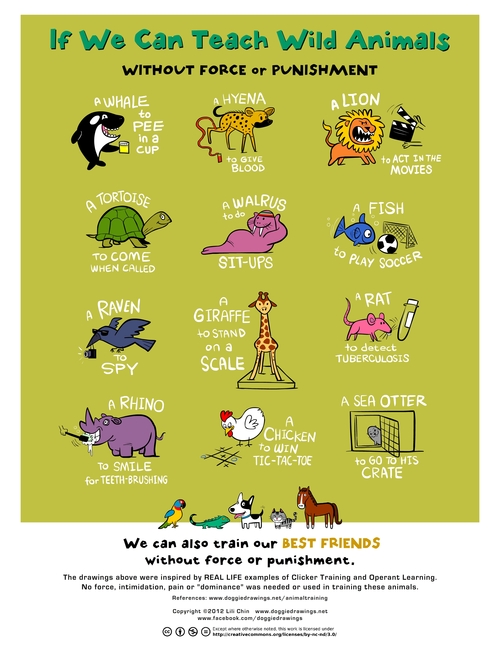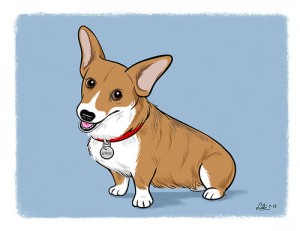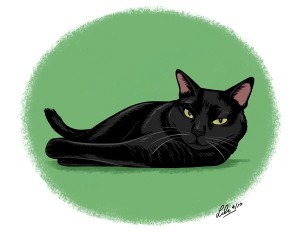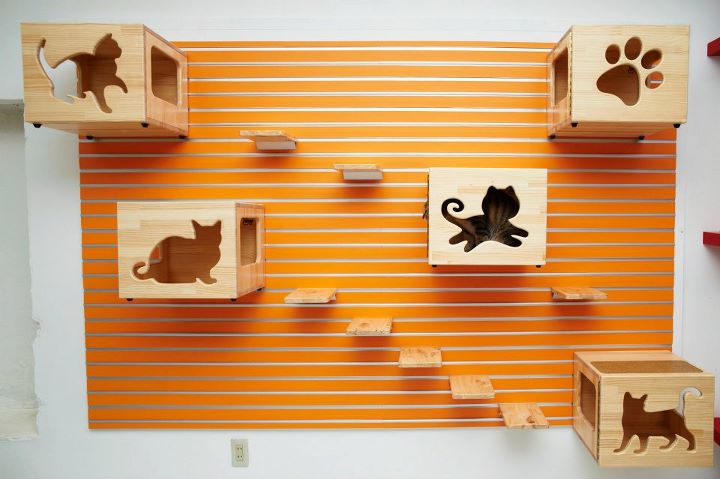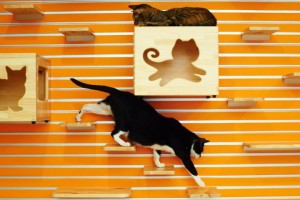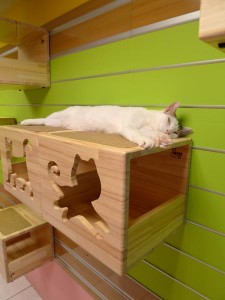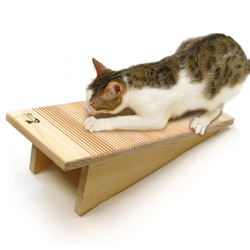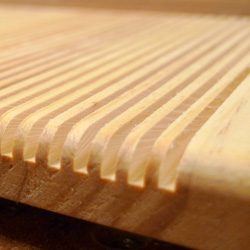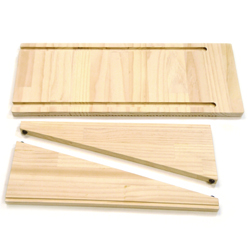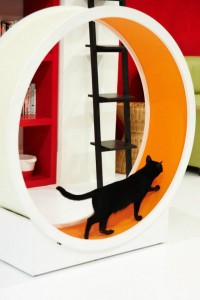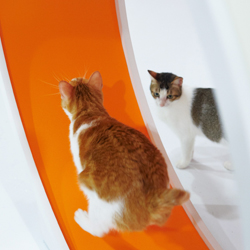We had a huge thunderstorm last night here in our corner of the Pacific NW. Â Like Texas-size huge. Â Our cats deal with it better than our dog, Saffron. Â We gave her the valerian-based calming supplement we use (RelaxSaver), put her in her awesome Thundershirt, and draped her in a sheet. Â I’m always thankful when the weather is bad that Saffron is with us now and not still a feral dog left exposed outside to such scary things.
Sadly, this morning our neighborhood blog is full of notices of lost dogs & cats and one found dog because they ran off during the thunder.  Unless they just let their animals roam, most people don’t expect to lose their pets. So, any lost-pet posters you see and any pets you see running loose who clearly have a family belong to someone who didn’t think their pet would get lost—meaning those pets belong to someone like you and me, someone who thought their pets were safe & protected.  We can all probably do more to make sure our pets are safe.
Thunder actually factors into the decisions I make about our cats and our dog. (Of course, it isn’t the only thing that informs our decisions.)
Thunder means:
- Our pets are micro-chipped, and we keep the contact information up-to-date.
- Our dog always has a collar with tags on when she’s outside.
- We never leave our dog tied up anywhere. Â Ever. Â (This is a bad practice at any time, but even worse for a panicked dog since escape or strangulation are quite possible.)
- Our cats are indoor cats.
- We never walk our dog off-leash in an unfenced area.
- Our dog isn’t left in our backyard when we’re not home.
- Our yard is has a fence tall enough that our dog can’t get over it. Â You should realize, though, that a panicked dog can clear extremely tall fences, tear through a fence, squeeze through very small gaps, or quickly dig under a fence.
- We keep our gates locked, so they can’t be opened by strangers.
- We have gate springs to automatically shut the gates. Â (Check out this post on how to install gate springs. Â It’s easy & cheap!)
- I taught our cats and dog to never bolt through an open door and we have storm/screen doors, all to avoid accidental escapes.
- I make sure any open window has a screen that cannot be knocked out.
- We have calming supplements and calming pheromone spray on hand. Â (I’ve been using RelaxSaver for our dog & Comfort Zone Spray for our cats.)
- We have a Thundershirt.
- Our cats have lots of hiding places around our house.
- We reassure our dog Saffron. Â It doesn’t reinforce their fear to comfort your frightened dog.
- We run a fan and play music or watch TV, to help mask the thunder.
If your pet does panic and run away, this very thorough article has excellent advice, including putting out items scented strongly with your smells and your pet’s like your dirty clothes and your pets bedding or your cat’s litterbox. Here are more good tips from a pet detective on finding your lost pet. Advice on how to make the most effective posters for your lost pet.  Post lost notices on Craigslist, with newspapers, and on your neighborhood blogs.  Be sure to watch out for scams.


